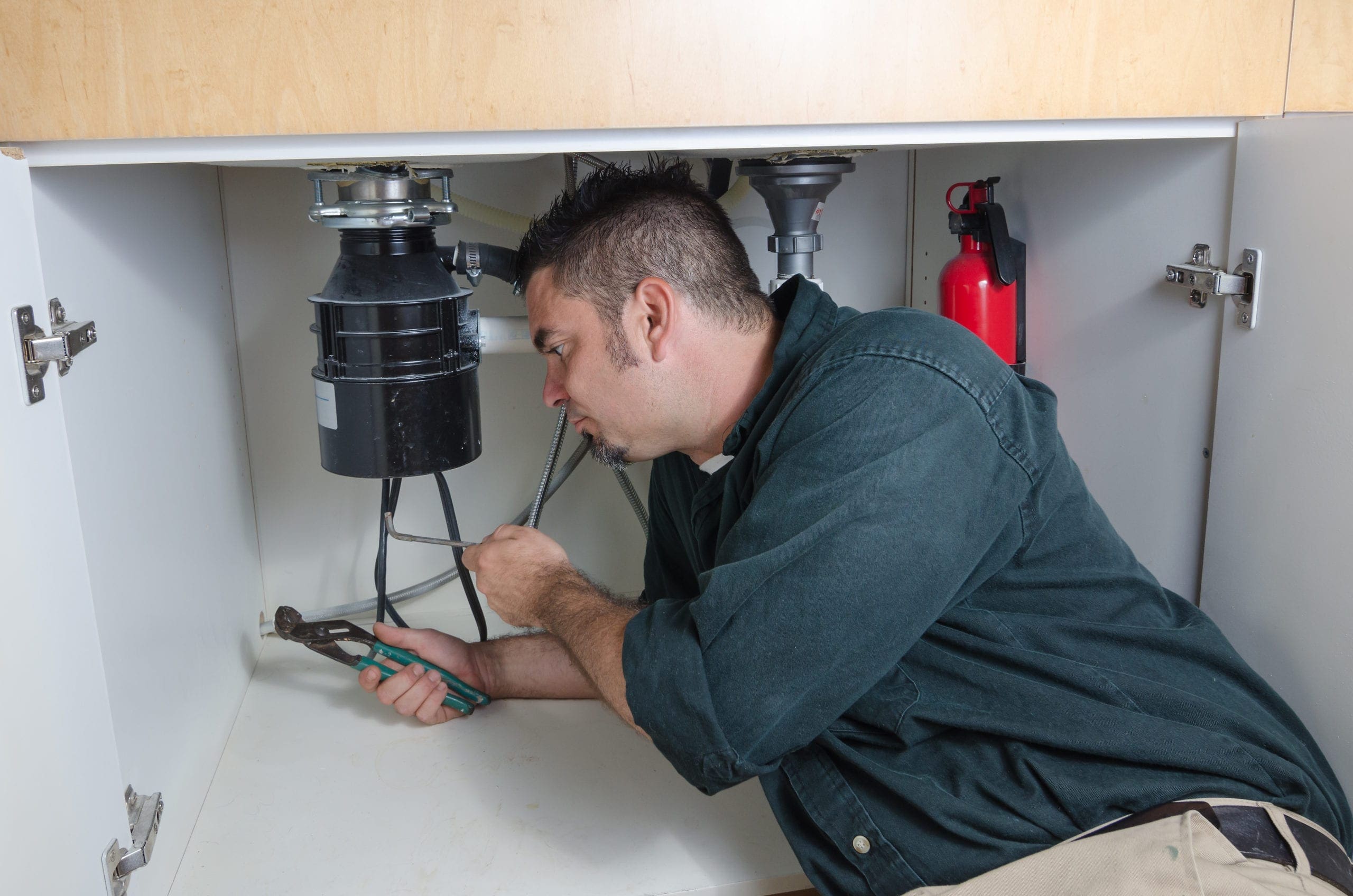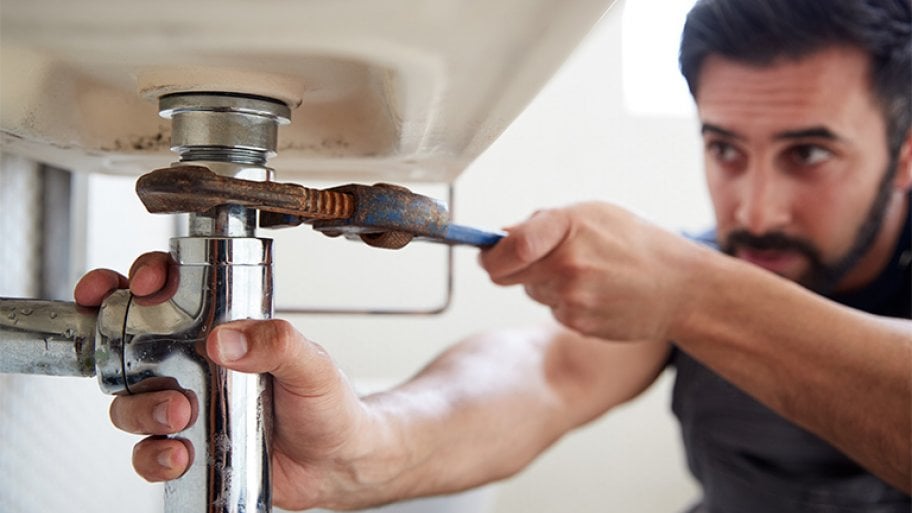Why is My Home Making Weird Plumbing Noises?
Why is My Home Making Weird Plumbing Noises?
Blog Article
The author is making a number of great pointers regarding Why is My Home Making Strange Plumbing Noises in general in this great article underneath.

To diagnose noisy plumbing, it is very important to establish very first whether the undesirable audios occur on the system's inlet side-in other words, when water is transformed on-or on the drainpipe side. Sounds on the inlet side have varied causes: too much water stress, used shutoff and faucet components, poorly connected pumps or other home appliances, inaccurately positioned pipeline bolts, and plumbing runs consisting of way too many limited bends or other restrictions. Noises on the drain side normally originate from inadequate location or, as with some inlet side noise, a design consisting of limited bends.
Hissing
Hissing sound that takes place when a tap is opened slightly generally signals excessive water pressure. Consult your regional water company if you think this issue; it will be able to inform you the water stress in your location as well as can set up a pressurereducing shutoff on the inbound water pipeline if essential.
Various Other Inlet Side Noises
Squeaking, squealing, scratching, snapping, as well as tapping normally are brought on by the development or tightening of pipes, generally copper ones supplying hot water. The noises happen as the pipelines slide versus loosened bolts or strike neighboring residence framework. You can frequently identify the place of the issue if the pipelines are subjected; simply comply with the noise when the pipelines are making sounds. Probably you will certainly find a loosened pipeline wall mount or a location where pipes lie so near to floor joists or other framing pieces that they clatter against them. Attaching foam pipe insulation around the pipelines at the point of call need to treat the trouble. Make certain bands and also wall mounts are safe as well as provide appropriate assistance. Where possible, pipe fasteners should be attached to massive structural components such as structure walls instead of to mounting; doing so decreases the transmission of resonances from plumbing to surfaces that can enhance and transfer them. If affixing bolts to framework is inevitable, wrap pipes with insulation or other resilient material where they contact fasteners, and also sandwich completions of brand-new bolts in between rubber washers when installing them.
Fixing plumbing runs that struggle with flow-restricting tight or numerous bends is a last resource that needs to be taken on just after seeking advice from a knowledgeable plumbing specialist. Regrettably, this circumstance is relatively common in older houses that might not have actually been developed with indoor plumbing or that have seen numerous remodels, particularly by novices.
Chattering or Shrilling
Extreme chattering or shrieking that occurs when a shutoff or tap is activated, which typically disappears when the installation is opened completely, signals loose or malfunctioning inner parts. The solution is to change the valve or faucet with a brand-new one.
Pumps as well as appliances such as washing equipments as well as dishwashing machines can transfer electric motor noise to pipelines if they are incorrectly connected. Connect such products to plumbing with plastic or rubber hoses-never rigid pipe-to isolate them.
Drain Noise
On the drain side of plumbing, the principal goals are to remove surfaces that can be struck by dropping or hurrying water and to shield pipes to have inevitable sounds.
In brand-new building, bath tubs, shower stalls, bathrooms, and wallmounted sinks as well as basins must be set on or against resistant underlayments to decrease the transmission of audio with them. Water-saving commodes as well as taps are less loud than conventional versions; install them rather than older types even if codes in your location still permit utilizing older components.
Drainpipes that do not run up and down to the basement or that branch right into horizontal pipeline runs supported at floor joists or various other framing existing particularly frustrating noise issues. Such pipelines are big sufficient to radiate significant resonance; they likewise lug significant amounts of water, that makes the situation even worse. In brand-new construction, specify cast-iron dirt pipes (the big pipelines that drain pipes toilets) if you can afford them. Their enormity contains much of the sound made by water passing through them. Likewise, stay clear of routing drainpipes in wall surfaces shown to bedrooms as well as areas where people gather. Wall surfaces having drainpipes ought to be soundproofed as was defined previously, using double panels of sound-insulating fiber board and also wallboard. Pipes themselves can be wrapped with unique fiberglass insulation created the purpose; such pipes have an invulnerable plastic skin (occasionally containing lead). Results are not always adequate.
Thudding
Thudding sound, frequently accompanied by trembling pipes, when a tap or device shutoff is turned off is a condition called water hammer. The noise as well as resonance are brought on by the resounding wave of stress in the water, which suddenly has no place to go. In some cases opening up a shutoff that releases water promptly right into an area of piping containing a restriction, joint, or tee installation can generate the same condition.
Water hammer can usually be cured by installing installations called air chambers or shock absorbers in the plumbing to which the problem valves or faucets are connected. These devices allow the shock wave developed by the halted circulation of water to dissipate airborne they have, which (unlike water) is compressible.
Older plumbing systems might have brief upright areas of capped pipeline behind wall surfaces on tap runs for the exact same function; these can ultimately full of water, decreasing or ruining their effectiveness. The cure is to drain the water system completely by shutting down the major water shutoff as well as opening all faucets. Then open up the major supply valve and also shut the taps individually, beginning with the tap nearest the valve as well as ending with the one farthest away.
WHY IS MY PLUMBING MAKING SO MUCH NOISE?
This noise indeed sounds like someone is banging a hammer against your pipes! It happens when a faucet is opened, allowed to run for a bit, then quickly shut — causing the rushing water to slam against the shut-off valve.
To remedy this, you’ll need to check and refill your air chamber. Air chambers are filled with — you guessed it — air and help absorb the shock of moving water (that comes to a sudden stop). Over time, these chambers can fill with water, making them less effective.
You’ll want to turn off your home’s water supply, then open ALL faucets (from the bathroom sink to outdoor hose bib) to drain your pipes. Then, turn the water back on and hopefully the noise stops! If you’re still hearing the sound, give us a call to examine further.
Whistles
Whistling sounds can be frustrating, as sometimes the source isn’t easily identified. However, if you can pinpoint which faucet or valve that may be the cause, you’ll likely encounter a worn gasket or washer — an easy fix if you replace the worn parts!Whistling sounds from elsewhere can mean a number of things — from high water pressure to mineral deposits. Your best plan of attack here is to give our plumbing experts a call. We’ll be able to determine where the noise is coming from and what the cause may be, then recommend an effective fix!
Cracks or Ticks
Cracking or ticking typically comes from hot water going through cold, copper pipes. This causes the copper to expand resulting in a cracking or ticking sound. Once the pipes stop expanding, the noise should stop as well.
Pro tip: you may want to lower the temperature of your water heater to see if that helps lessen the sound, or wrapping the pipe in insulation can also help muffle the noise.
Bangs
Bangs typically come from water pressure that’s too high. To test for high water pressure, get a pressure gauge and attach it to your faucet. Water pressure should be no higher than 80 psi (pounds per square inch) and also no lower than 40 psi. If you find a number greater than 80 psi, then you’ve found your problem!
Next step is to give us a call in order to install a pressure regulator. Trust us, you don’t want to wait to resolve this issue. Not only is the sound annoying, but high water pressure can be destructive to your home — including damaging certain appliances, like your washer and dishwasher.
Dripping
You might be accustom to the slow quiet drip your kitchen faucet makes. You might have even tuned out your bathroom sink dripping and drabbing all day long — but it’s time to find its cause.
A slow drip could signify a variety of easy to fix issues, such as a worn out O ring, or loose part. And by ignoring the drip, you could be wasting up to 2,000 gallons of water a year! So start conserving water — get it looked at ASAP.
https://www.pwessig.com/blog/2018/december/why-is-my-plumbing-making-so-much-noise-/

As a serious person who reads about Why Do My Plumbing Pipes Make A Knocking Noise, I think sharing that excerpt was essential. Do you know about somebody who is interested in the niche? Do not hesitate to share it. I am grateful for your time. Please stop by our site back soon.
Details Here Report this page